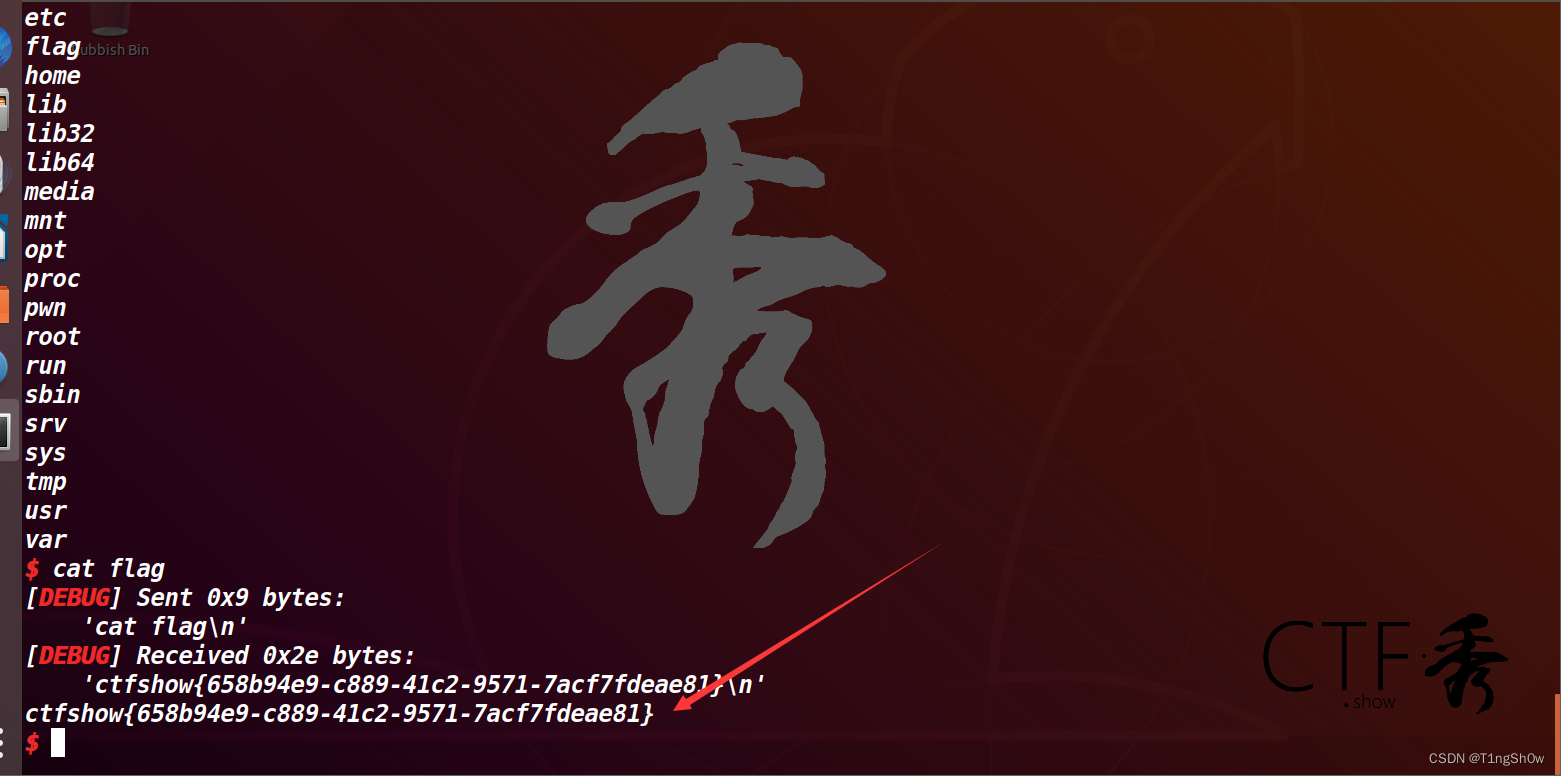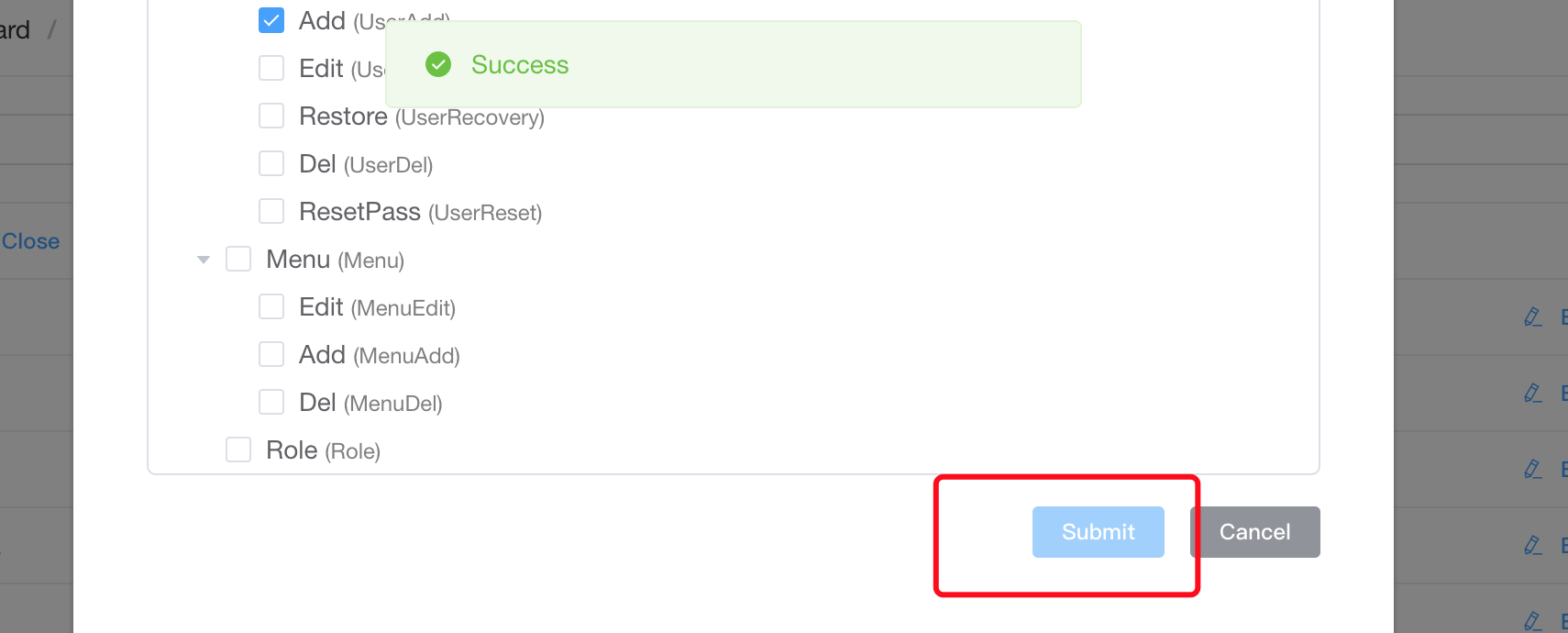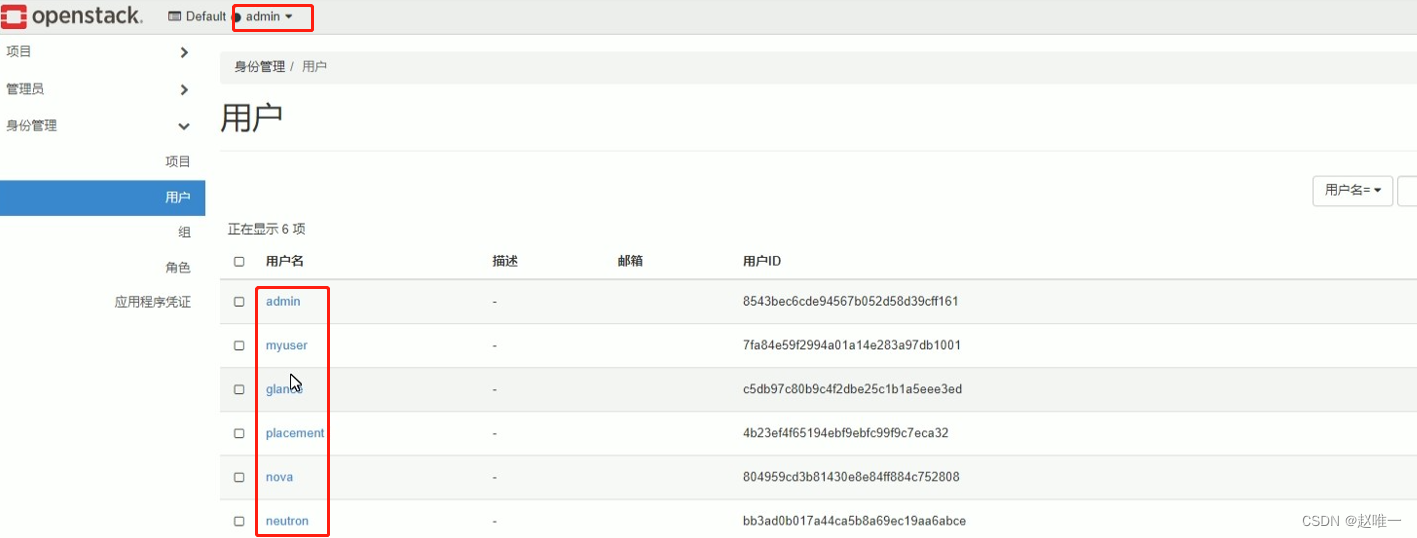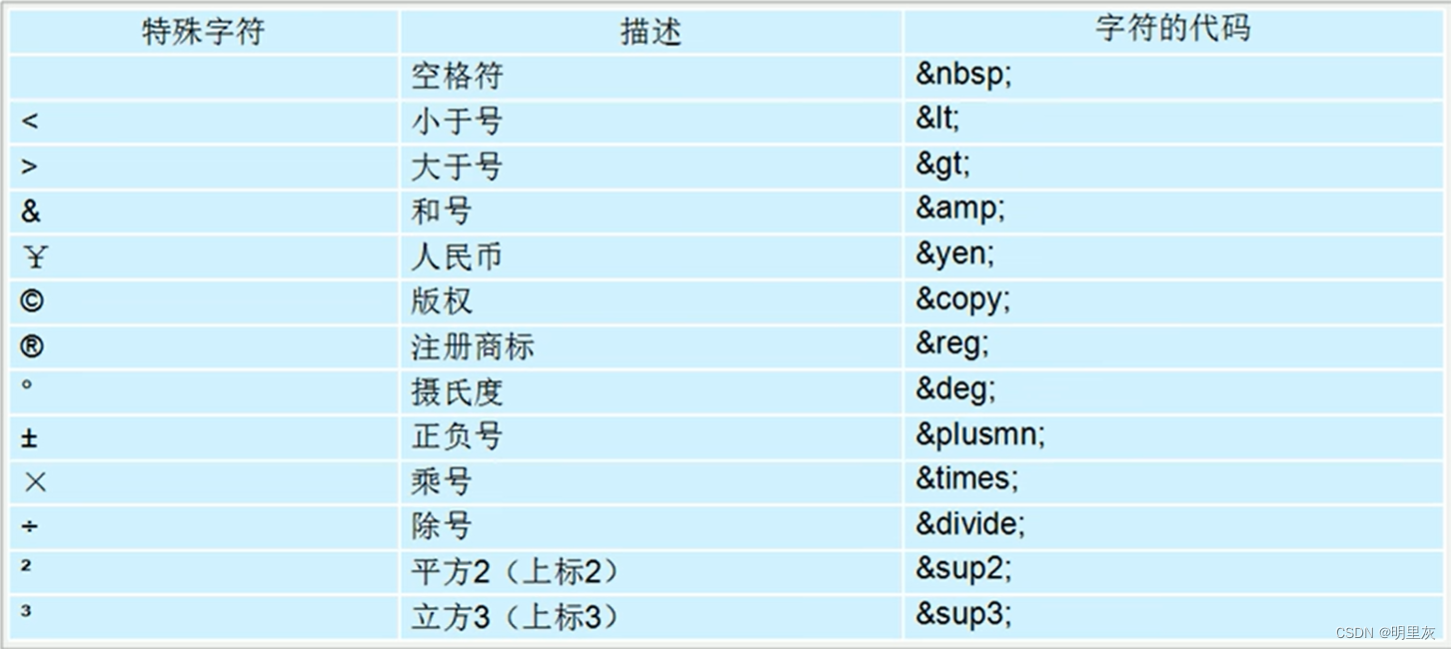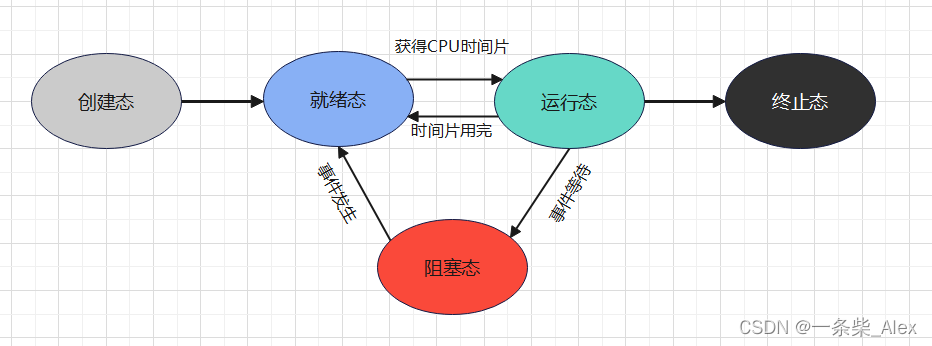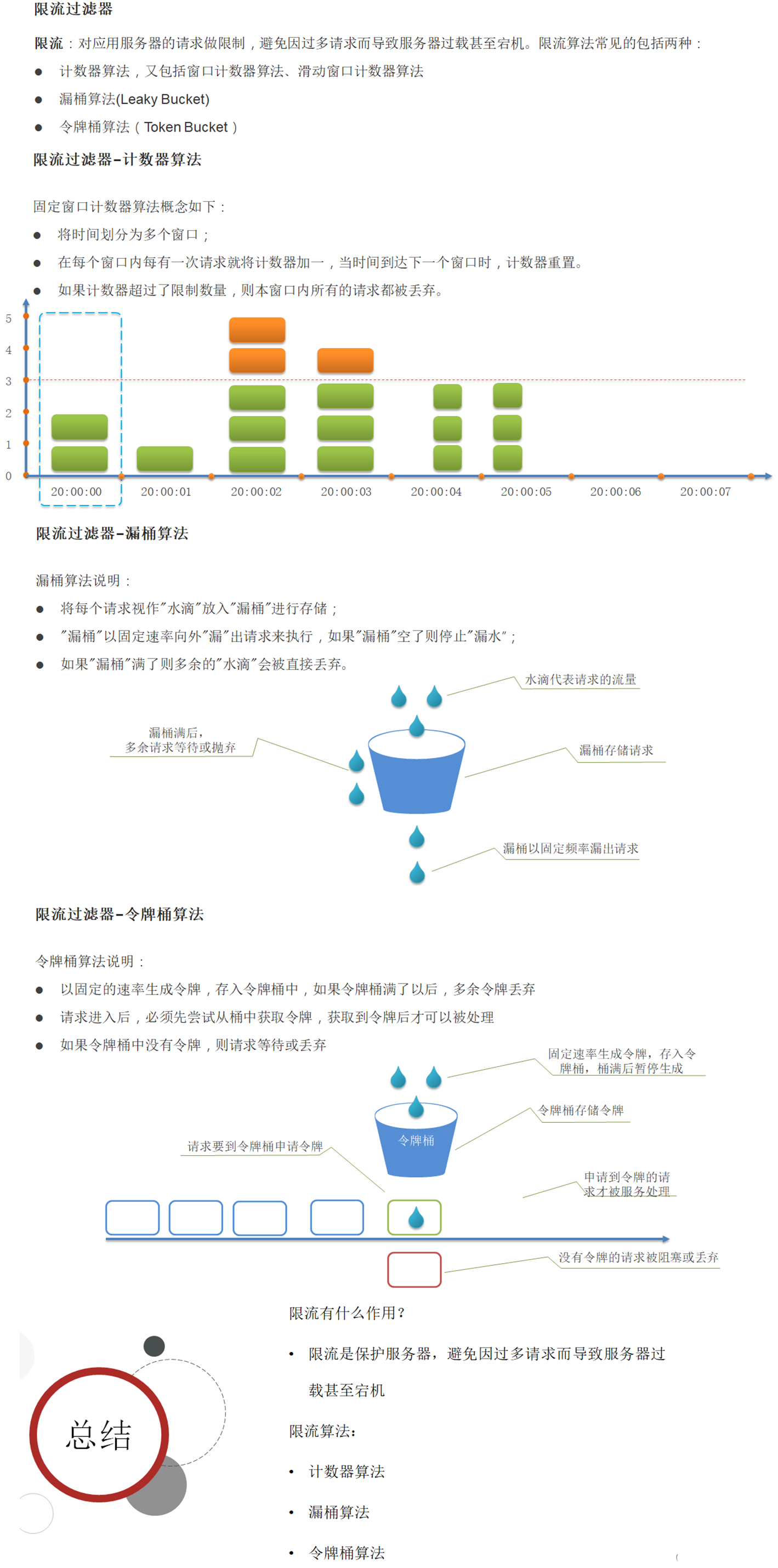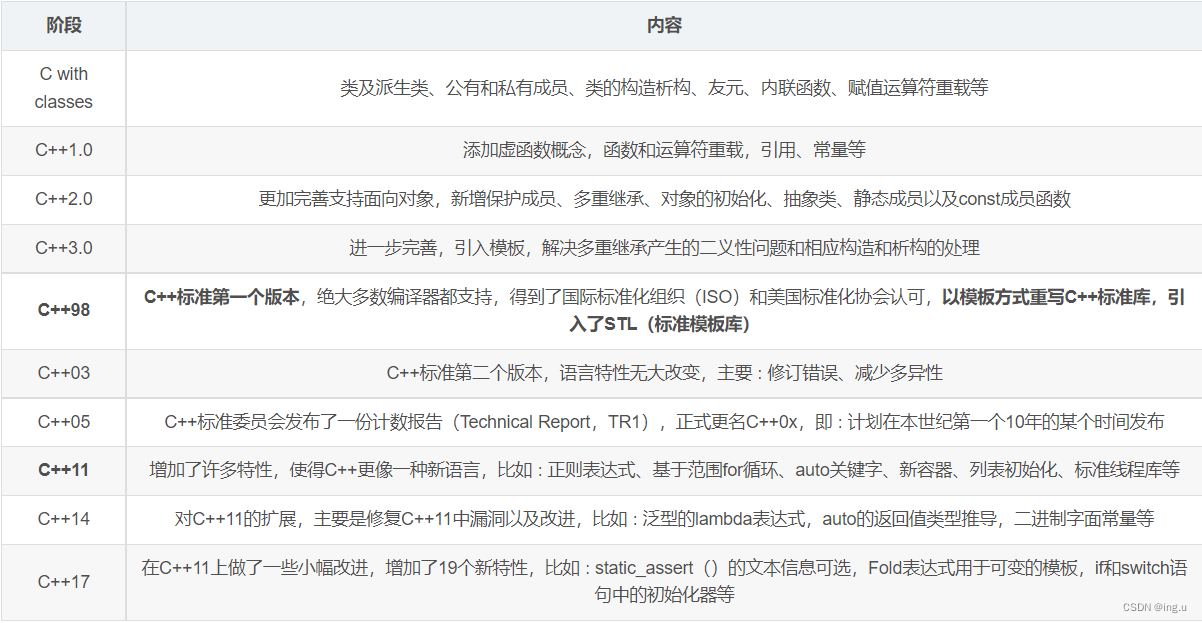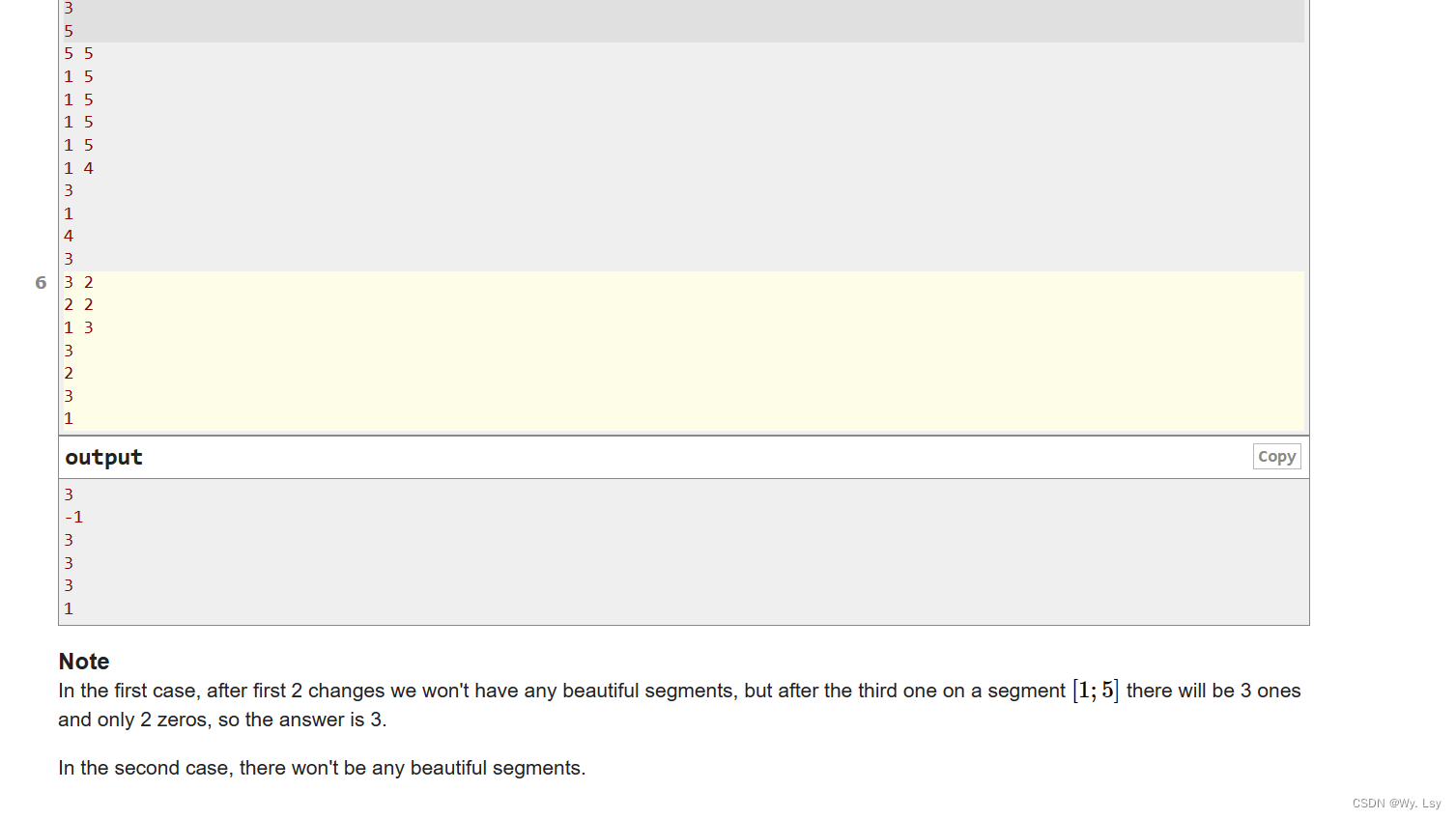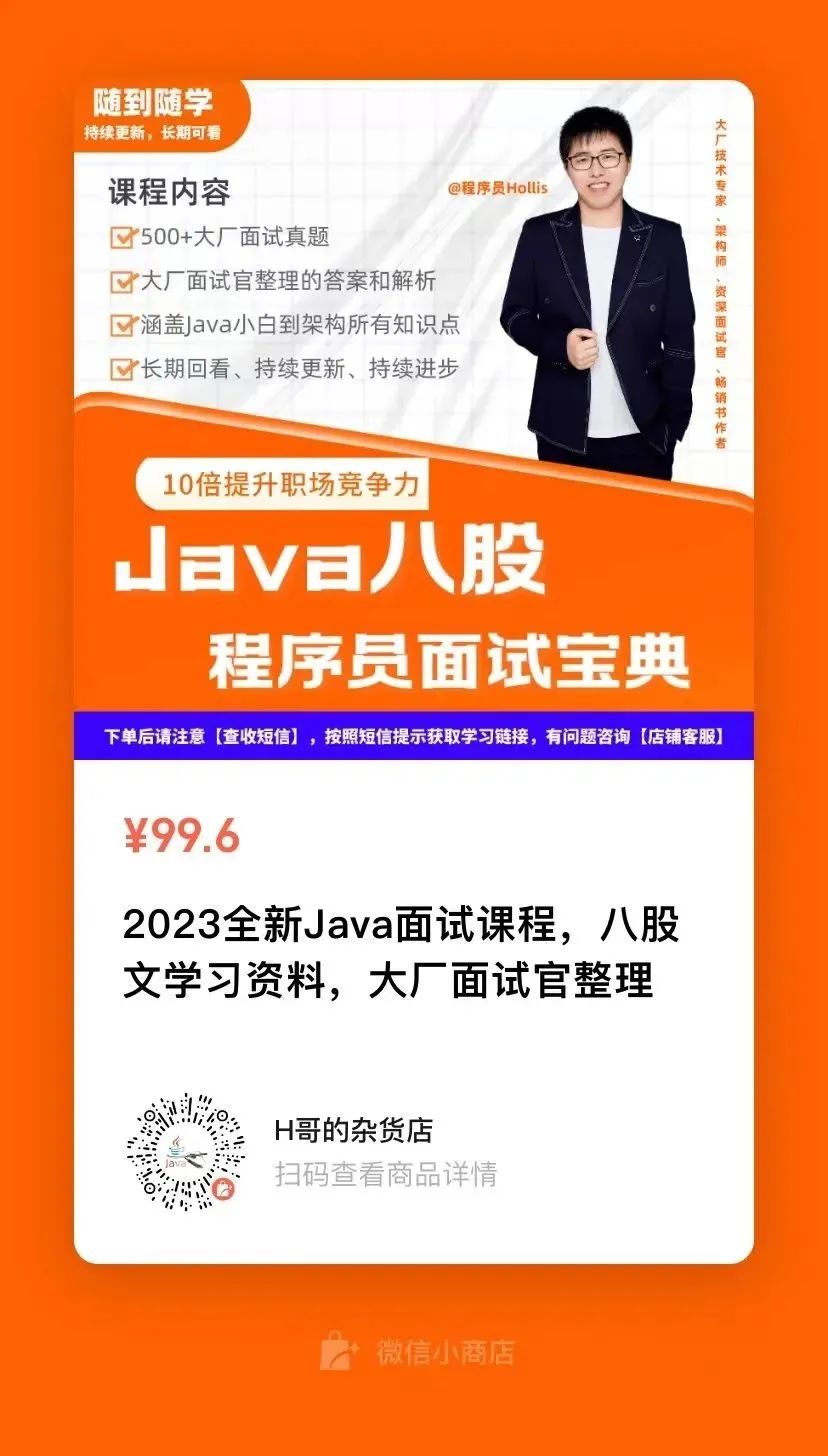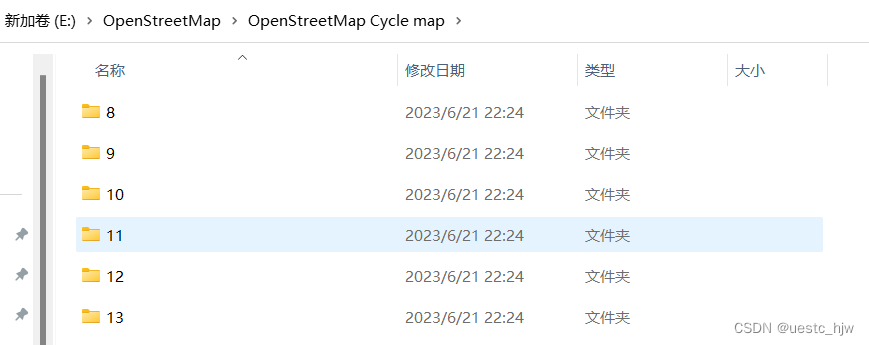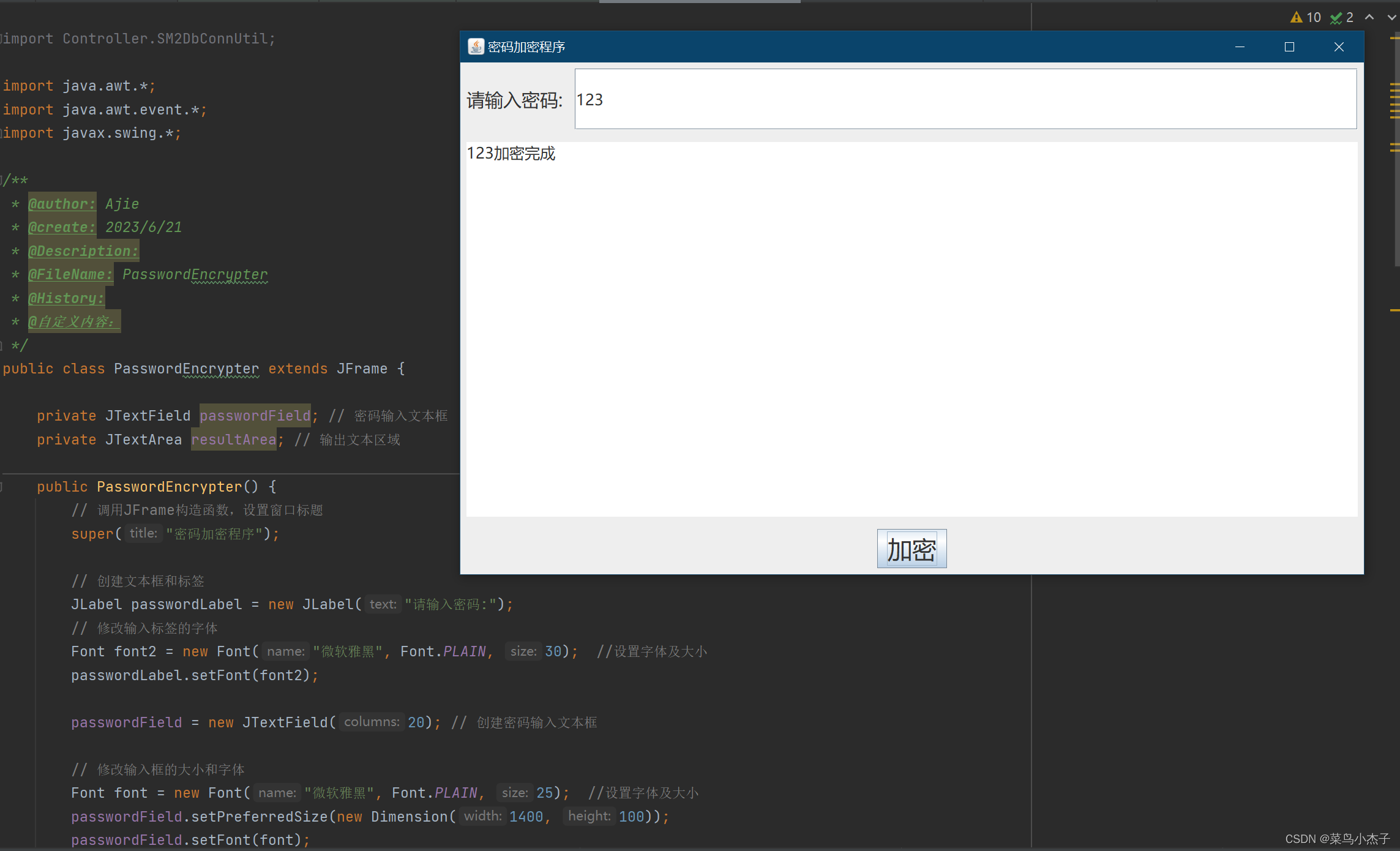在上一章的基础上进行子模块的开发SpringCloud Alibaba入门之创建多模块工程_qinxun2008081的博客-CSDN博客
一、引入SpringBoot
我们在父项目统一管理引入的jar包的版本。我们采用父项目中以depencyMangement方式引入spring-boot,子项目依赖parent父配置即可。
<?xml version="1.0" encoding="UTF-8"?>
<project xmlns="http://maven.apache.org/POM/4.0.0"
xmlns:xsi="http://www.w3.org/2001/XMLSchema-instance"
xsi:schemaLocation="http://maven.apache.org/POM/4.0.0 http://maven.apache.org/xsd/maven-4.0.0.xsd">
<modelVersion>4.0.0</modelVersion>
<groupId>org.example</groupId>
<artifactId>myshop</artifactId>
<version>1.0-SNAPSHOT</version>
<!--设置为pom,管理依赖-->
<packaging>pom</packaging>
<modules>
<module>myshop-common</module>
<module>myshop-user</module>
<module>myshop-stock</module>
<module>myshop-order</module>
<module>myshop-goods</module>
<module>myshop-pay</module>
</modules>
<properties>
<maven.compiler.source>8</maven.compiler.source>
<maven.compiler.target>8</maven.compiler.target>
<project.build.sourceEncoding>UTF-8</project.build.sourceEncoding>
</properties>
<!--统一管理项目依赖版本-->
<dependencyManagement>
<dependencies>
<dependency>
<groupId>org.springframework.boot</groupId>
<artifactId>spring-boot-dependencies</artifactId>
<version>2.7.8</version>
<type>pom</type>
<scope>import</scope>
</dependency>
</dependencies>
</dependencyManagement>
</project>二、引入JPA和MySql
我们在myshop-user模块下添加项目需要的依赖。
<?xml version="1.0" encoding="UTF-8"?>
<project xmlns="http://maven.apache.org/POM/4.0.0"
xmlns:xsi="http://www.w3.org/2001/XMLSchema-instance"
xsi:schemaLocation="http://maven.apache.org/POM/4.0.0 http://maven.apache.org/xsd/maven-4.0.0.xsd">
<modelVersion>4.0.0</modelVersion>
<parent>
<groupId>org.example</groupId>
<artifactId>myshop</artifactId>
<version>1.0-SNAPSHOT</version>
</parent>
<artifactId>myshop-user</artifactId>
<properties>
<maven.compiler.source>8</maven.compiler.source>
<maven.compiler.target>8</maven.compiler.target>
<project.build.sourceEncoding>UTF-8</project.build.sourceEncoding>
</properties>
<dependencies>
<dependency>
<groupId>org.springframework.boot</groupId>
<artifactId>spring-boot-starter-web</artifactId>
</dependency>
<!--mysql-->
<dependency>
<groupId>mysql</groupId>
<artifactId>mysql-connector-java</artifactId>
<version>8.0.31</version>
</dependency>
<!--JPA-->
<dependency>
<groupId>org.springframework.boot</groupId>
<artifactId>spring-boot-starter-data-jpa</artifactId>
</dependency>
</dependencies>
</project>添加好依赖,使用Maven命令重新加载一下。
我们在模块下面的resource目录下添加配置文件application.yml,相关配置如下:
spring:
datasource:
driver-class-name: com.mysql.cj.jdbc.Driver
url: jdbc:mysql://127.0.0.1:3306/myshop?serverTimezone=GMT%2B8&useUnicode=true&characterEncoding=utf-8&useSSL=false&rewriteBatchedStatements=true
username: root
password: 123456
jpa:
hibernate:
ddl-auto: update
show-sql: true三、创建启动类
package com.example.myshop;
import org.springframework.boot.SpringApplication;
import org.springframework.boot.autoconfigure.SpringBootApplication;
/**
* @author qx
* @date 2023/06/21
* @desc 启动类
*/
@SpringBootApplication
public class MyShopUserApplication {
public static void main(String[] args) {
SpringApplication.run(MyShopUserApplication.class, args);
}
}四、引入common模块和common模块的开发
我们可以在user模块引入common公共模块。
<?xml version="1.0" encoding="UTF-8"?>
<project xmlns="http://maven.apache.org/POM/4.0.0"
xmlns:xsi="http://www.w3.org/2001/XMLSchema-instance"
xsi:schemaLocation="http://maven.apache.org/POM/4.0.0 http://maven.apache.org/xsd/maven-4.0.0.xsd">
<modelVersion>4.0.0</modelVersion>
<parent>
<groupId>org.example</groupId>
<artifactId>myshop</artifactId>
<version>1.0-SNAPSHOT</version>
</parent>
<artifactId>myshop-user</artifactId>
<properties>
<maven.compiler.source>8</maven.compiler.source>
<maven.compiler.target>8</maven.compiler.target>
<project.build.sourceEncoding>UTF-8</project.build.sourceEncoding>
</properties>
<dependencies>
<dependency>
<groupId>org.springframework.boot</groupId>
<artifactId>spring-boot-starter-web</artifactId>
</dependency>
<!--mysql-->
<dependency>
<groupId>mysql</groupId>
<artifactId>mysql-connector-java</artifactId>
<version>8.0.31</version>
</dependency>
<!--JPA-->
<dependency>
<groupId>org.springframework.boot</groupId>
<artifactId>spring-boot-starter-data-jpa</artifactId>
</dependency>
<!--添加common模块的依赖-->
<dependency>
<groupId>org.example</groupId>
<artifactId>myshop-common</artifactId>
<version>1.0-SNAPSHOT</version>
</dependency>
</dependencies>
</project>common模块开发如下:
添加依赖和创建统一结果返回类
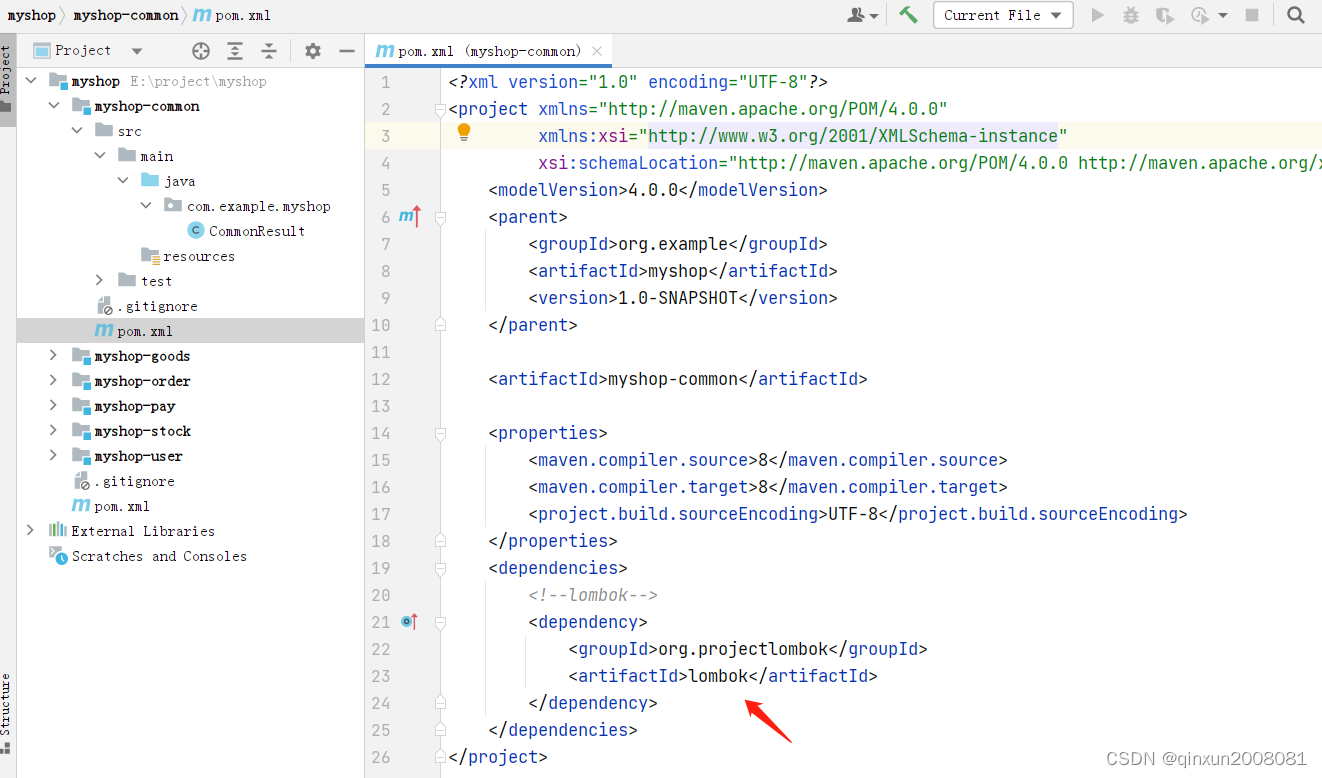
我们在common模块中创建一个统一结果返回的实体类CommonResult:
import lombok.AllArgsConstructor;
import lombok.Builder;
import lombok.Data;
import lombok.NoArgsConstructor;
import java.io.Serializable;
/**
* @author qx
* @date 2023/06/21
* @desc 统一结果返回
*/
@Data
@Builder
@AllArgsConstructor
@NoArgsConstructor
public class CommonResult<T> implements Serializable {
private Integer code;
private String message;
private T data;
public static CommonResult success() {
return CommonResult.builder().code(200).message("请求成功").build();
}
public static CommonResult success(Object data) {
return CommonResult.builder().code(200).message("请求成功").data(data).build();
}
public static CommonResult fail(String message) {
return CommonResult.builder().code(500).message(message).build();
}
}
五、用户模块(myshop-user)开发
1.pom文件修改
<?xml version="1.0" encoding="UTF-8"?>
<project xmlns="http://maven.apache.org/POM/4.0.0"
xmlns:xsi="http://www.w3.org/2001/XMLSchema-instance"
xsi:schemaLocation="http://maven.apache.org/POM/4.0.0 http://maven.apache.org/xsd/maven-4.0.0.xsd">
<modelVersion>4.0.0</modelVersion>
<parent>
<groupId>org.example</groupId>
<artifactId>myshop</artifactId>
<version>1.0-SNAPSHOT</version>
</parent>
<artifactId>myshop-user</artifactId>
<properties>
<maven.compiler.source>8</maven.compiler.source>
<maven.compiler.target>8</maven.compiler.target>
<project.build.sourceEncoding>UTF-8</project.build.sourceEncoding>
</properties>
<dependencies>
<dependency>
<groupId>org.springframework.boot</groupId>
<artifactId>spring-boot-starter-web</artifactId>
</dependency>
<!--mysql-->
<dependency>
<groupId>mysql</groupId>
<artifactId>mysql-connector-java</artifactId>
<version>8.0.31</version>
</dependency>
<!--JPA-->
<dependency>
<groupId>org.springframework.boot</groupId>
<artifactId>spring-boot-starter-data-jpa</artifactId>
</dependency>
<!--hibernate-validate-->
<dependency>
<groupId>org.hibernate.validator</groupId>
<artifactId>hibernate-validator</artifactId>
</dependency>
<!--添加common模块的依赖-->
<dependency>
<groupId>org.example</groupId>
<artifactId>myshop-common</artifactId>
<version>1.0-SNAPSHOT</version>
</dependency>
</dependencies>
</project>2.使用JPA注解创建用户实体
import lombok.Data;
import org.hibernate.annotations.CreationTimestamp;
import org.hibernate.annotations.DynamicInsert;
import org.hibernate.annotations.DynamicUpdate;
import org.hibernate.annotations.UpdateTimestamp;
import javax.persistence.*;
import javax.validation.constraints.NotBlank;
import java.util.Date;
/**
* @author qx
* @date 2023/06/21
* @desc 用户实体
*/
@Entity
@Table(name = "t_user")
@Data
@DynamicInsert
@DynamicUpdate
public class User {
@Id
@GeneratedValue(strategy = GenerationType.IDENTITY)
private Long id;
/**
* 用户名
*/
@NotBlank(message = "用户名不能为空")
private String userName;
/**
* 用户性别:0:女 1:男 2:未知
*/
private Integer sex;
/**
* 手机号
*/
@NotBlank(message = "手机号不能为空")
private String phone;
/**
* 邮箱
*/
private String email;
/**
* 地址
*/
private String address;
/**
* 积分
*/
@Column(columnDefinition = "int default 0 comment '积分'")
private Integer integral;
/**
* 等级
*/
@Column(columnDefinition = "int default 1 comment '等级'")
private Integer level;
/**
* 创建时间
*/
@CreationTimestamp
private Date createTime;
/**
* 修改时间
*/
@UpdateTimestamp
private Date updateTime;
/**
* 状态 1:正常 2:禁用
*/
@Column(columnDefinition = "int default 1 comment '状态'")
private Integer status;
}
3.创建数据访问层
package com.example.myshop.repository;
import com.example.myshop.entity.User;
import org.springframework.data.jpa.repository.JpaRepository;
public interface UserRepository extends JpaRepository<User,Long> {
}
4.创建服务层
package com.example.myshop.service;
import com.example.myshop.entity.User;
import com.example.myshop.repository.UserRepository;
import org.springframework.beans.factory.annotation.Autowired;
import org.springframework.stereotype.Service;
/**
* @author qx
* @date 2023/06/21
* @desc 用户服务层
*/
@Service
public class UserService {
@Autowired
private UserRepository userRepository;
public void saveUser(User user) {
userRepository.save(user);
}
public User getUserById(Long id) {
return userRepository.findById(id).orElse(null);
}
}5.创建控制层
package com.example.myshop.controller;
import com.example.myshop.CommonResult;
import com.example.myshop.entity.User;
import com.example.myshop.service.UserService;
import org.springframework.beans.factory.annotation.Autowired;
import org.springframework.web.bind.annotation.*;
/**
* @author qx
* @date 2023/06/21
* @desc 用户控制层
*/
@RestController
@RequestMapping("/user")
public class UserController {
@Autowired
private UserService userService;
/**
* 添加用户
*/
@PostMapping("/add")
public CommonResult addUser(@RequestBody User user) {
userService.saveUser(user);
return CommonResult.success();
}
/**
* 根据id获取用户信息
*
* @param id 用户ID
* @return 用户信息
*/
@GetMapping("/{id}")
public CommonResult getUserById(@PathVariable Long id) {
return CommonResult.success(userService.getUserById(id));
}
}
运行启动类,启动项目。
我们在数据库中发现了JPA自动创建的数据表

我们使用Postman进行测试
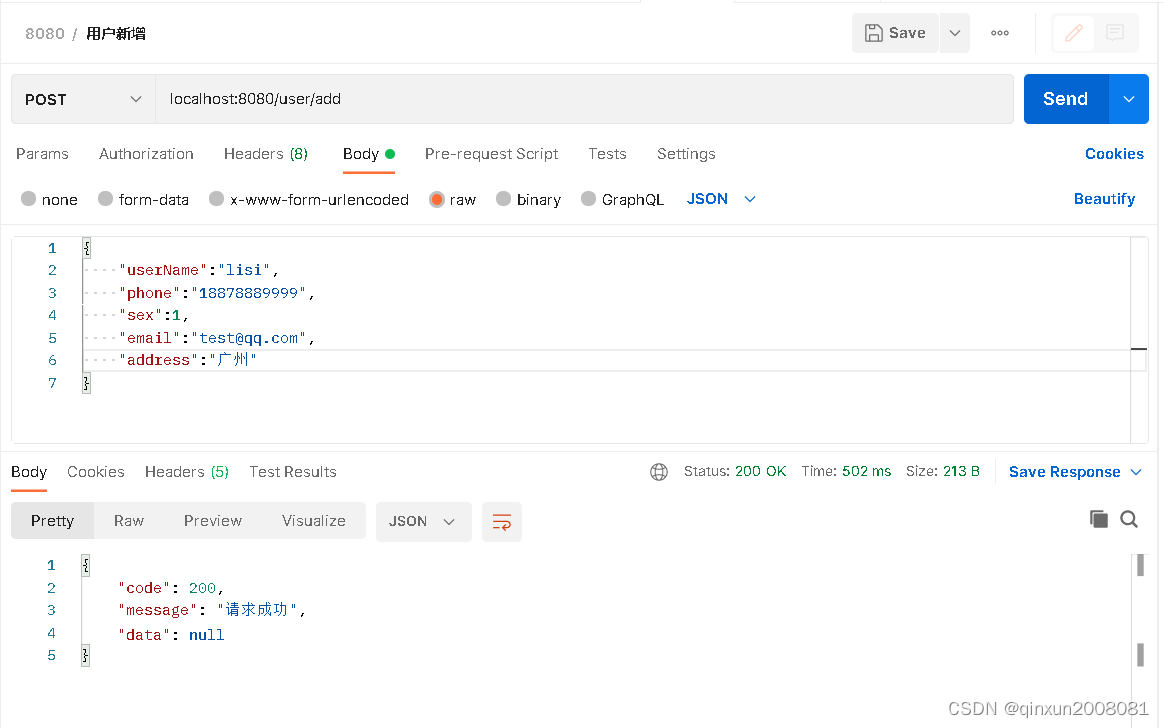
我们刷新下数据表发现了我们新增的数据

我们再调用用户查询的接口,也返回了我们的数据。
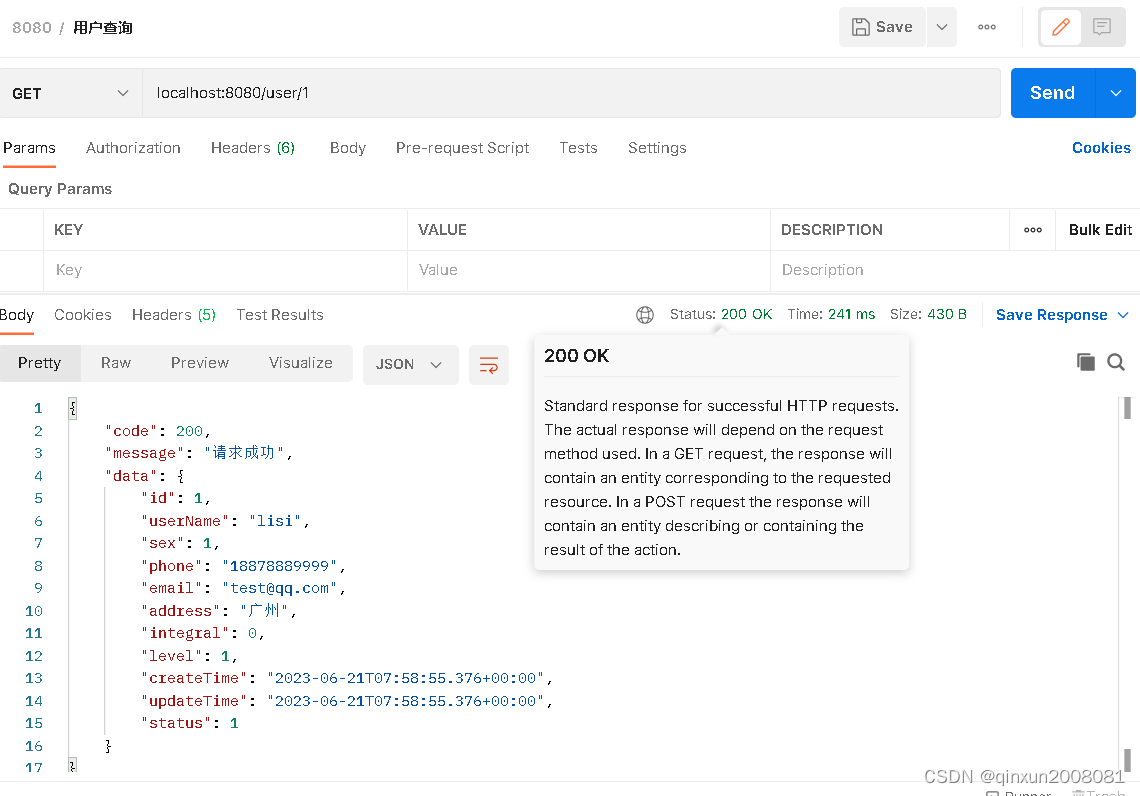
到这里我们基本完成了用户子模块的开发,其他功能可以自己去实现。
